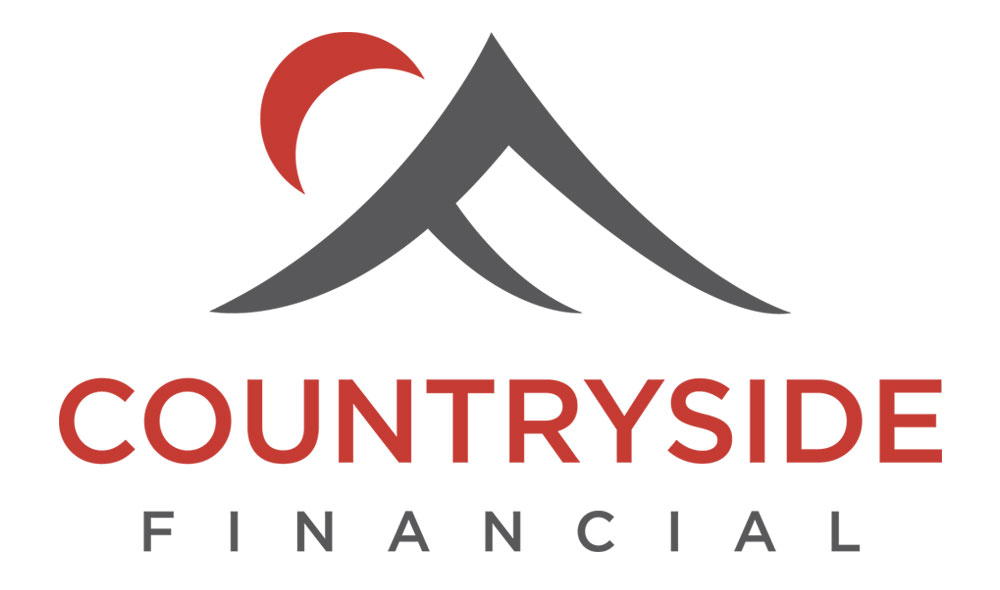To lock in or not?
On December 7, the Bank of Canada made another 50-basis-point increase to its benchmark rate in its final policy rate announcement of the year. Marking the first time that rate has surpassed 4% since 2008 and the seventh consecutive rate jump this year. This corresponds to a current prime lending rate of 6.45%.
Given the recent Bank of Canada rate increases and the comment “will be considering whether the policy interest rate needs to rise further” is not easing concerns for more increases yet to come. Many are wondering if they should be locking in their variable mortgage rate. Higher variable rates were always inevitable, but no one anticipated the speed & pace that has occurred.
Many are pondering… should I lock into a Fixed Rate now? If continued increases and/ or the increases that have already happened – is affecting your sleep at night factor, then it may be worth locking into a fixed rate.
Losing sleep and stressing out over a mortgage rate is not worth it, perhaps a more stable payment for your peace of mind is just what you have to do.
Besides sleep at night factor, other important considerations are:
- What is the true affect of more variable rate increases on your monthly cash flow?
- What is the current cost of fixed rates?
- Will your current lender even allow you to switch into a fixed rate? If so, at what rate? They may refer to it as a conversion rate. Any fees?
- If fixing with your current lender, what are the fixed rate prepayment penalties and terms/conditions you’ll now be subject to?
- What is the penalty cost to break your current variable rate mortgage?
- Are you anticipating any major life events? Will you be moving or refinancing soon anyway?
Switching to a new lender may provide:
- Better terms & conditions, which is just as important as the interest rate.
- More suitable features, like splitting into a multi-mortgage product or adding a home equity line of credit.
- Promos, some lenders have promo rates or even cash rebates available.
- But, the downside is you will have to re- qualify with any new lender.
If you’ve decided to lock-in, get started:
- Contact your current lender and see what their best fixed rate to lock in will be. Make sure to ask about any additional administrative fees or additional costs you may incur. Lenders may require you to lock in for 5-years or at least the balance of your term (if you are in year 2 of a 5 year term for example, you must lock in for at least 3 years).
- Contact your favourite mortgage broker armed with that information. A trusted broker can advise if you should stay with the current lender or if there are better rates & terms elsewhere.
*Important to remember* History has shown that those who stay the course with variable rates have saved more interest costs over time. Just like stocks, markets move up and down and sticking it out long- term has proven the better savings over fixed rates.
The next scheduled date for announcing the Bank of Canada overnight rate target is January 25, 2023.
Candace Perko, Mortgage Broker


























